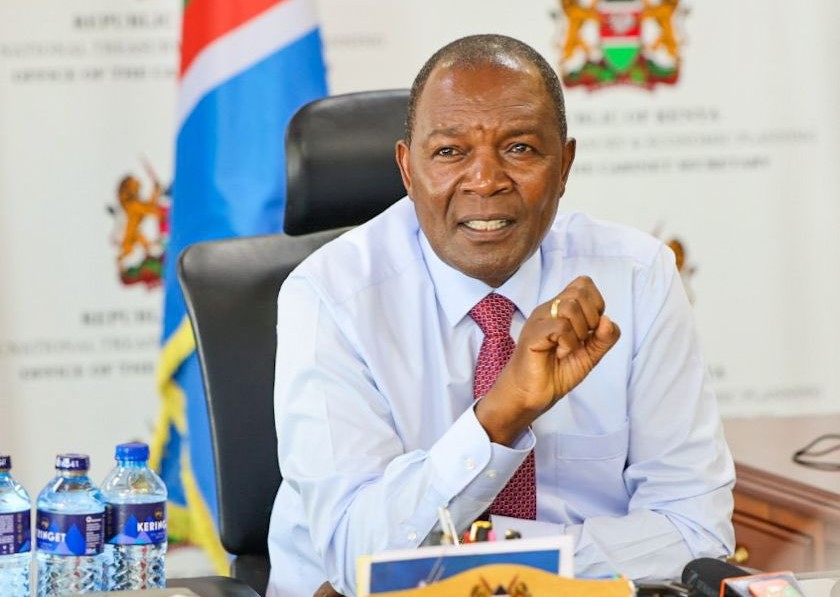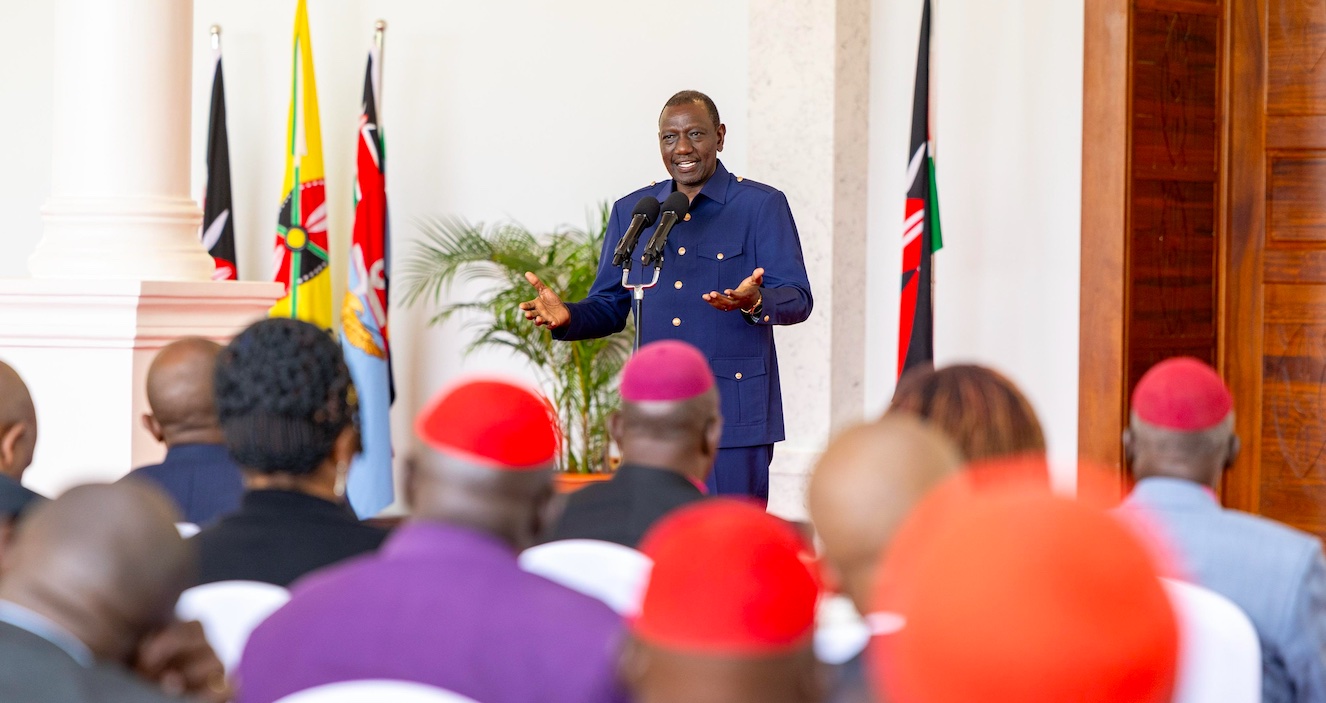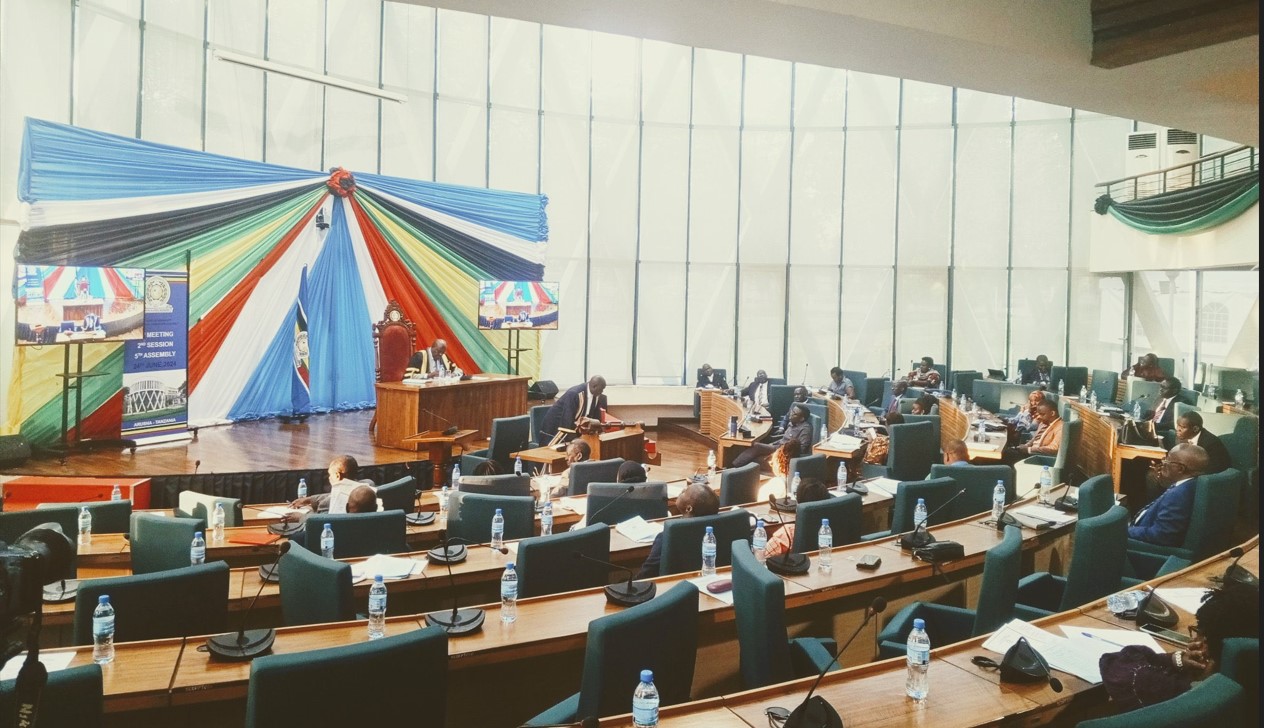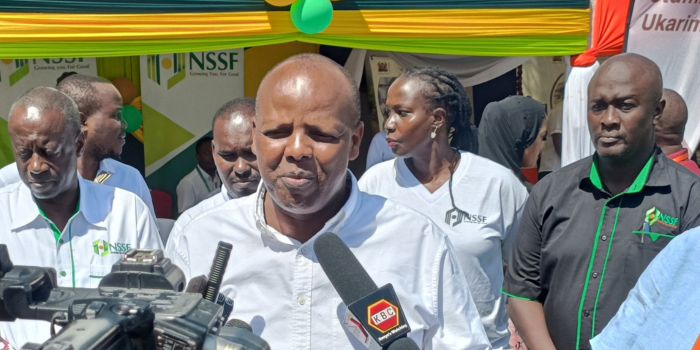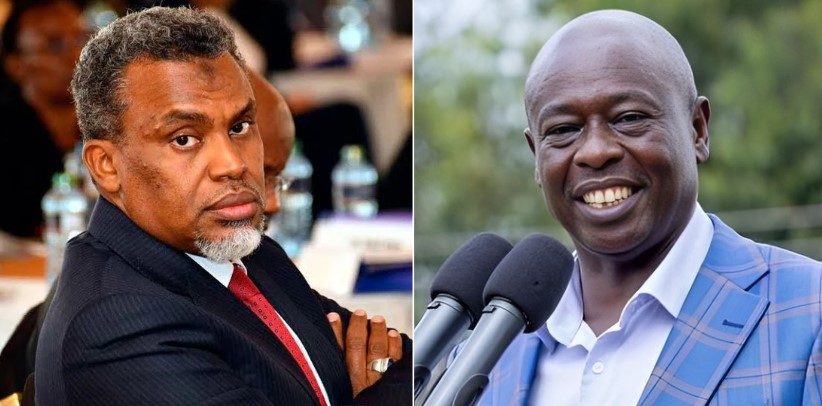State budget cuts still far from easing Kenya's debt pains - report
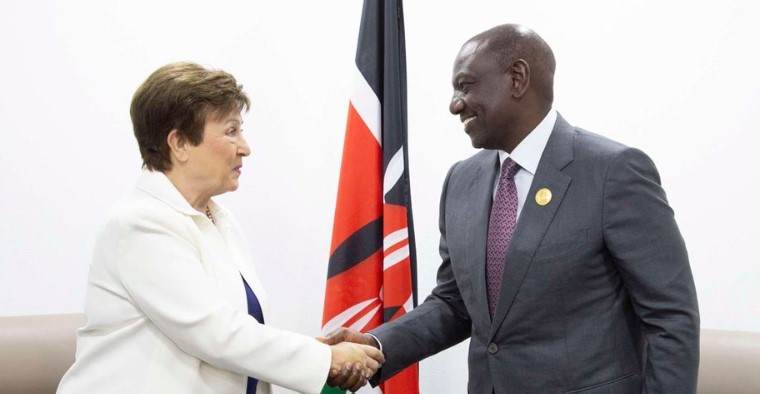
By Dennis Tarus |
In a new report, the Institute of Public Finance (IPF) says that despite cutting budgets to control government spending, high public debt service costs still put the country on the brink of debt distress.
The government’s ongoing fiscal consolidation, which has seen budget cuts on key public spending items, has not rescued Kenya from the high risk of debt distress yet, with high debt service costs watering down the efforts, a think tank has said.
In a new report, the Institute of Public Finance (IPF) says that despite cutting budgets to control government spending, high public debt service costs still put the country on the brink of debt distress.
Keep reading
“Recent efforts to reduce the size of the fiscal deficit have helped limit further increases in public debt, but this has not prevented growing concerns over Kenya’s ability to service its debts," the IPF said in the Macro Fiscal Analytic Snapshot Report, 2024.
The institute noted that a decade of high borrowing by the government, as it ran budgets with deficits averaging 6 to 8 per cent of the Gross Domestic Product (GDP), culminated in a huge burden for the taxpayer, with public debt service now constituting more than two-thirds of tax revenues.
Rising interest rates
The situation has been precipitated by rising interest rates at the global level and a freefall on the Kenya shilling, which has lost 35 per cent of its value against the US dollar in the past two years.
“This has significantly increased the cost of external debt servicing and has put further pressure on Kenya’s foreign exchange reserves, which reached 3.7 months of import cover in March 2023 —below the minimum statutory requirement,” the IPF said.
There is hope, however, that Kenya will not default on the $2 billion Eurobond that matures in June due to expected International Monetary Fund (IMF) inflows. The country secured an additional $1 billion from the lender under the existing Extended Credit Facility (ECF) and Extended Fund Facility (EFF) programmes.
The additional concessional funding provides Kenya with a safe landing compared to the alternative option of going to the market to raise funds, where it would face “interest rates of 15-18 per cent if it were to raise new external commercial borrowing to roll over the Eurobond,” the IPF noted.
“Although the IMF continues to view Kenya’s debt as sustainable overall, this assumes the government’s commitment to fiscal consolidation holds, which is far from guaranteed,” IPF chief executive James Muraguri observed.
High public debt service costs
The latest data on public debt service by the National Treasury shows that between July and September (the first quarter of the financial year 2023/24), Sh345.4 billion was spent.
On an annual basis, public debt service crossed the Sh1 trillion mark in 2022/23 when the government spent Sh1.15 trillion. This is expected to rise further to Sh1.87 trillion in the year ending June 2024, according to projections from Treasury.
This is even as the government projects tax revenues to fall below original targets during the current financial year, by about Sh210 billion.
In the four months ending October 2023, the Kenya Revenue Authority’s ordinary revenue collection of Sh713.9 billion fell below the target by Sh59.1 billion.



